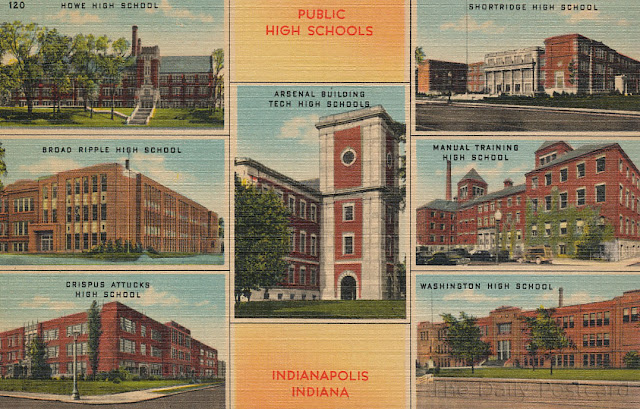At the time, the iconic Park Row skyscraper was the tallest office building in the world. Note that the sender drew him or herself on the top of the building, along with a message that reads:
How would you like to be at the top of this? In a hotel we stayed at, our rooms were on the 17th floor and the diningroom was six stories higher up, on the 23.
G.H.
The Park Row Building was built in 1899 and remained the tallest office building until the Singer Building was completed in 1908. Currently, the building is a mixture of commercial and residential uses.
The message on the front of this card, sent to Jessie M. Gray in Portland, Oregon, reads:
6/13/07
Dear Jessie:
I am expecting a letter. Having a fine time on Coney Island tonight. Saw a girl in the theatre last night looked like you. Don't work too hard is my advice to all young people. how is "Oregon" hotel overtime. Regards "Jimmie"
Here are two additional views of the building.
And here are the backs of the cards in the same order.

































































